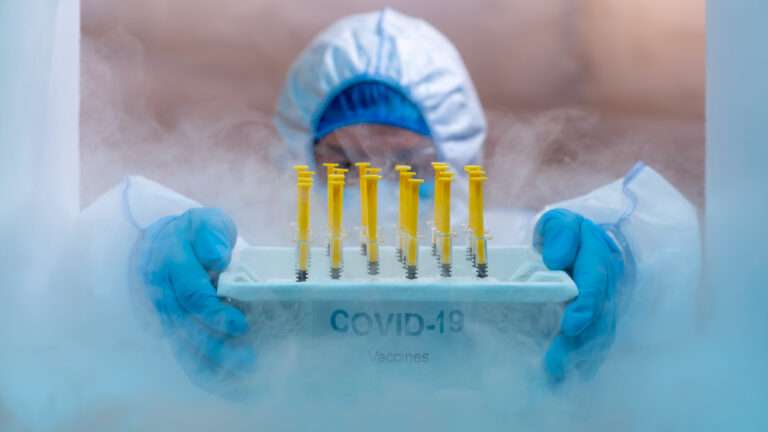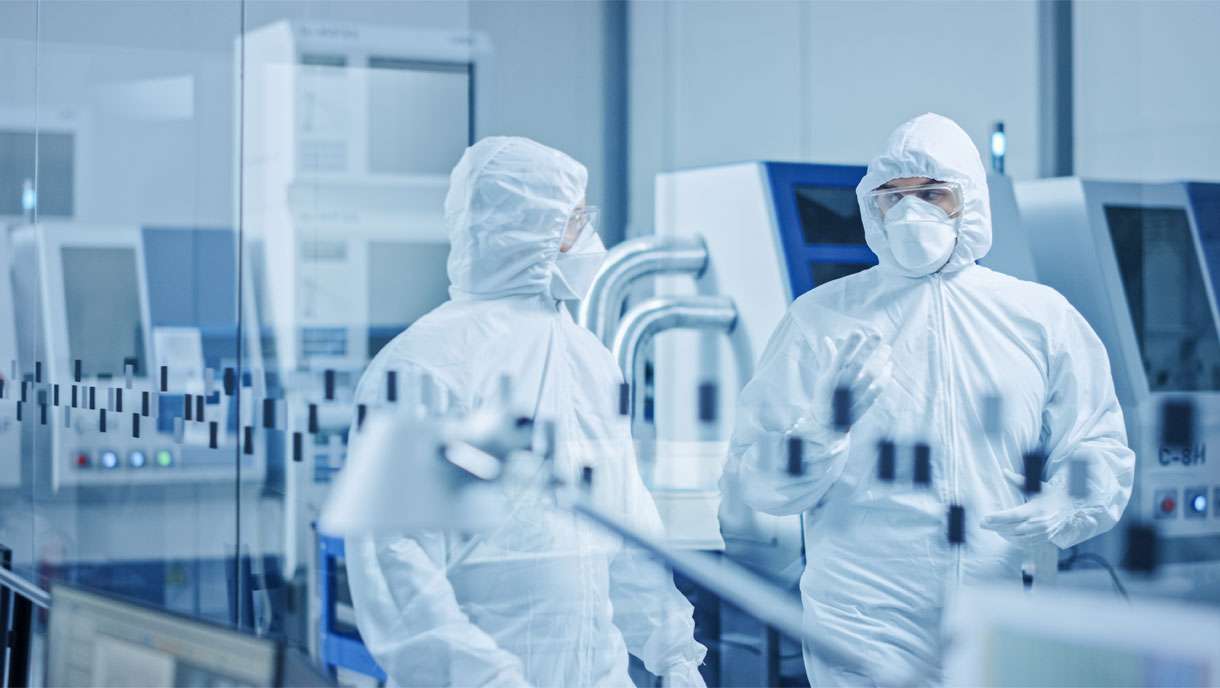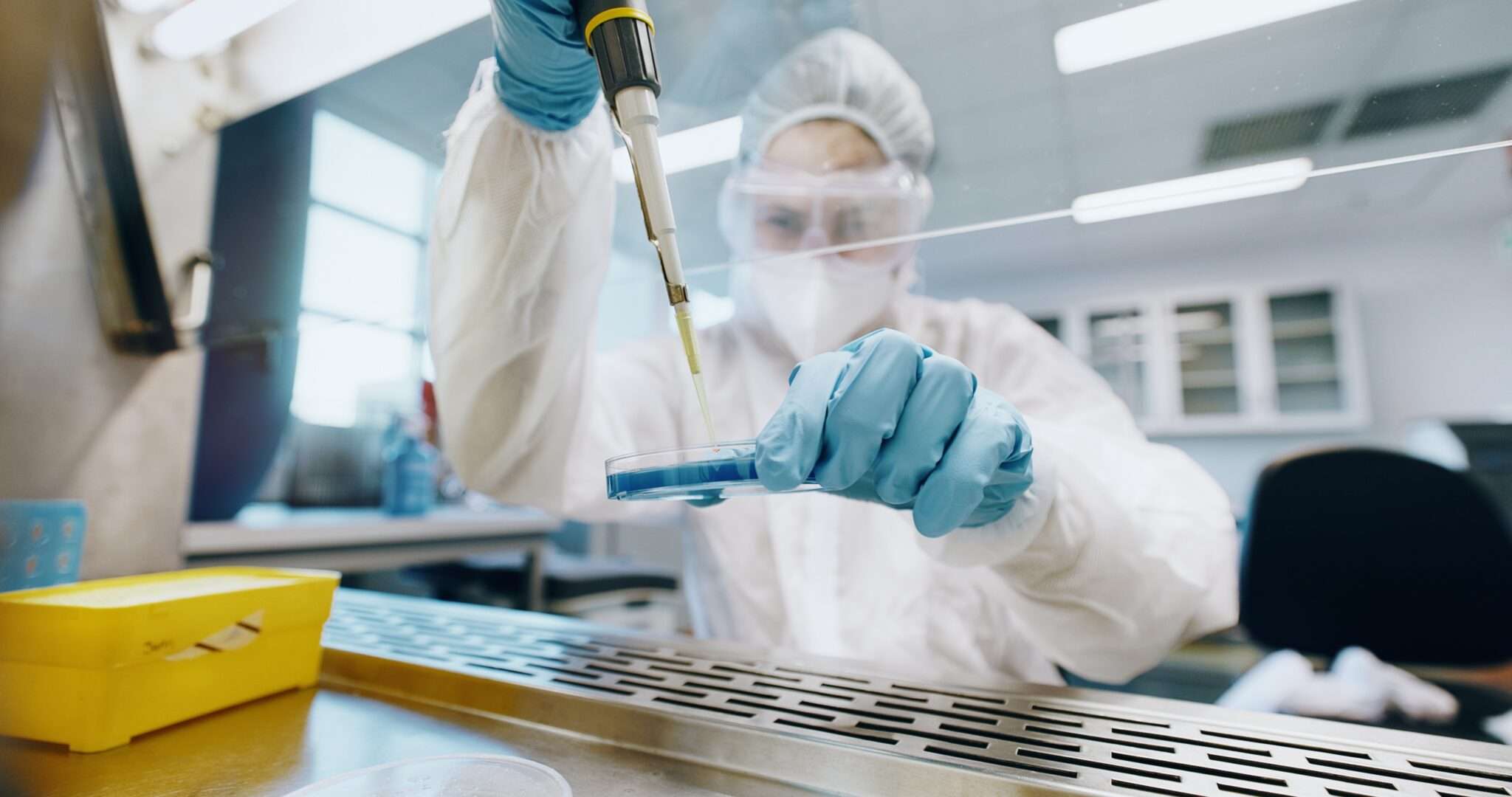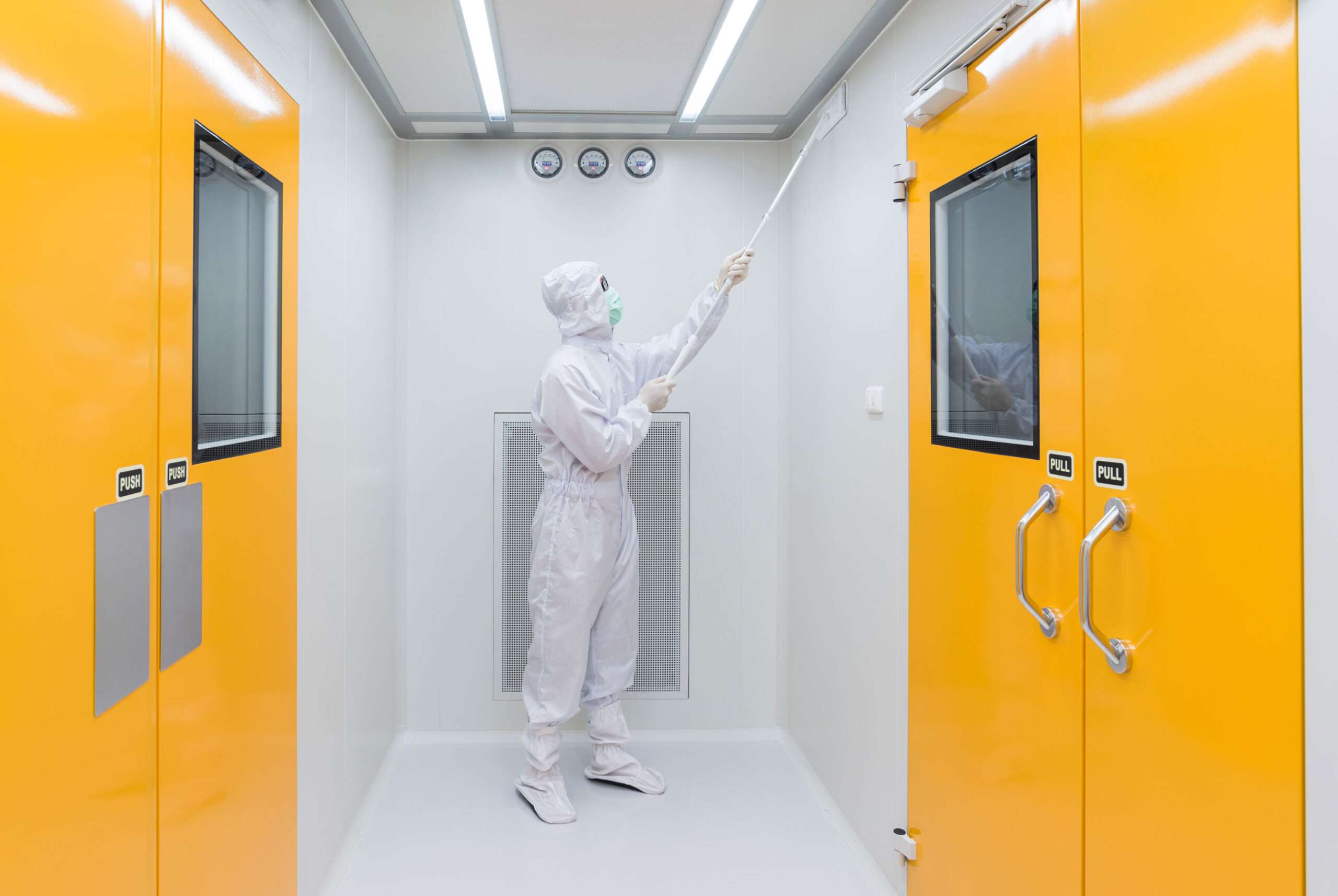Contact Us
- Solutions
- Resources
- About
- Contact Us
close
Optional callout banner for highlighted news or events
Learn More
A noticeable shift occurs in the pharmaceutical industry from blockbuster drugs to smaller patient populations, there is an increased focus on targeted therapies in specialized areas, such as oncology, where potent compounds serve a key role in patient treatment. Any drug manufacturing facility handling these compounds must be equipped with the appropriate methods, controls, and expertise to ensure the safety of its employees and the integrity of its product. Managing these risks, though, requires a knowledgeable team as well as the design and implementation of an effective safety program.

Drug development is a race against the clock, and the early stages of establishing what safety precautions must be in place to successfully and safely manufacture potent compounds and avoid any cross-contamination within a facility requires an evaluation of a compound’s potency and toxicity. This should be done by a certified environmental, health, and safety (EHS) expert.
When a new compound comes to a facility, its acceptable daily exposure (ADE) (known in Europe as permitted daily exposure or PDE) and threshold of toxicological concern (TTC) should be determined using a scientific evaluation of all pharmacological and toxicological data (non-clinical and clinical). If this expertise is not available in-house, an outside consultant should be used. For example, Pharmaceutics International, Inc. (Pii) uses Affygility Solutions and SafeBridge to obtain PDE and ADE data
The methodology for calculating this data is outlined in the European Medicines Agency’s (EMA) document titled Guideline on Setting Health-Based Exposure Limits for Use in Risk Identification in The Manufacture of Different Medicinal Products in Shared Facilities.1 This guidance has been adopted as an industry standard and accepted by the FDA. According to the guideline, PDE and TTC represent: » PDE – a substance-specific dose that is unlikely to cause an adverse effect if an individual is exposed at or below this dose every day for a lifetime. » TTC – the genotoxic impurity exposure level associated with a theoretical cancer risk of one additional cancer in 100,000 patients when exposed over a lifetime.
It should be noted that just because a compound is potent, this does not mean it is toxic. There are compounds that are active in low doses but are not toxic to humans, while there are also compounds that are both potent and toxic to humans. Through a proper evaluation using the EMA calculations, you can make sure you have the right controls in place as dictated by these levels.

Understanding what engineering controls must be in place at a facility and with its equipment is a critical factor in safely manufacturing potent compounds. Not only does this contribute to protecting employee safety, but it also ensures your facility meets the acceptable limits for cross-contamination. Any uncontrolled release of materials from active substances or products being processed concurrently, as well as from residuals on equipment and operator clothing, could result in cross-contamination of other pharmaceutical products within a facility.
The International Society for Pharmaceutical Engineering (ISPE) provides a “scientific, risk-based approach to managing the risk of cross-contamination” in shared facilities. This approach, ISPE Risk-Based Manufacturing of Pharmaceutical Products (Risk-MaPP) Baseline Guide, is based on the International Conference on Harmonisation’s Quality Risk Management guideline ICH Q9 and should be applied as an industry best practice.2 It is intended to ensure pharmaceutical manufacturers comply with regulatory requirements when designing and constructing new and renovated facilities.
The Risk-MaPP guidance focuses on four exposure routes: » Mix-up (wrong material being used) » Retention (residues left in equipment after cleaning) » Mechanical transfer (transfer of material on contaminated non-product contact surfaces) » Airborne transfer (material movement through air) The specific engineering controls to safeguard these routes should be applied at both the facility level and to individual pieces of equipment, such as the use of flexible equipment and dedicated manufacturing suites with appropriate air handling systems as well as room pressurization. For example, for injectable liquid products, single-use equipment allows one-time use and disposal of liners and containers after a product is manufactured.
Other containment equipment, such as isolators, can be used to mix powdered compounds into solutions while establishing separation from the environment and disposable bag systems, and room/lab airlocks prevent uncontrolled release of any substances into the air. Separate air handling systems with dedicated equipment to the product classifications in individual operating rooms can further reduce the risk of contamination. Once these are in place, your team should perform internal testing to measure the performance of the controls and verify they meet all necessary isolation and containment requirements.
Sufficient cleaning procedures and GMP cleaning validation at each stage of manufacturing are also imperative in a facility handling potent compounds. The industry-accepted level of concentration of potential API after cleaning is below 1/1000th of the drug’s daily dose, which will prevent cross-contamination with the next product.
One exception to monitoring ADE limits that are extremely low and difficult to measure is for therapeutic macromolecules and peptides. Luckily, proteins and peptides degrade and denature when exposed to pH extremes and/or heat. Since these elements are used when cleaning pharmaceutical equipment, the concept for these compounds is to instead look for a three-log reduction. In view of this, the determination of health-based exposure limits using ADE limits of the active and intact product may not be required for these macromolecules.
When handling potent compounds, there are many considerations you need to make at all stages of product development. Failure to prepare for and control exposure can be hazardous, so make sure you reference all available literature and best practices in order to establish a program that adequately addresses toxicology, process safety, industrial hygiene, and environmental controls.

Most drug manufacturing facilities are not equipped with the appropriate methods, controls, and expertise to handle these compounds safely. Yet, the capital cost and complexity of doing so is significant. If you are planning on working with a potent compound, you will need to weigh the investment necessary to bring these capabilities in-house or to outsource them to a competent partner. However, it is important you verify that any potential partner has the experience, knowledge, and capabilities to safely manufacture potent compounds.
When evaluating a facility, it is important to review the containment systems and cleaning procedures in place. The facility and staff should have ready access to analytical labs to measure the daily exposure limits and a quality assurance group should monitor the results and record them in easily accessible reports. Facility operators should be trained on not only proper handling procedures but also what to do in the case of an emergency, such as decontamination if there is an uncontrolled release of a powder or material.
In addition to appropriate engineering controls and procedures are in place, facility staff ought to be comprised of scientists and engineers with knowledge of highly-potent compounds. Have they worked with other potent compounds and do they have a solid track record with the FDA when it comes to manufacturing high-potency drugs?
When working with highly-potent pharmaceuticals, whether building your capabilities in-house or using a service provider, it is important to consider safety, preventing cross-contamination, and that the facility has the right equipment and professionals to achieve success.
RESOURCES
European Medicines Agency. (2014, November). Guideline on setting health-based exposure limits for use in risk identification in the manufacture of different medicinal products in shared facilities.
International Society for Pharmaceutical Engineering. (2017, July). Baseline Guide Vol 7: Risk-Based Manufacture of Pharma Products.
Like what you read? Share with your network: